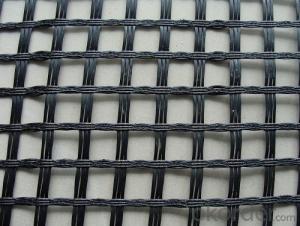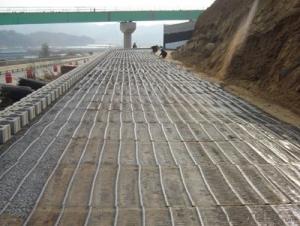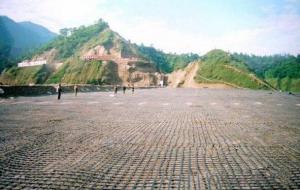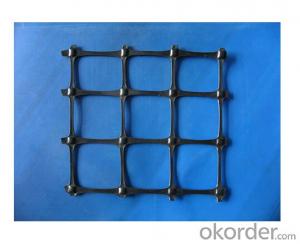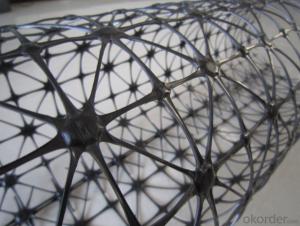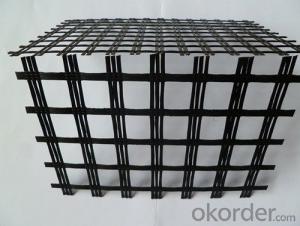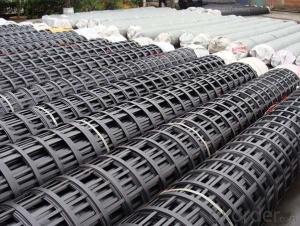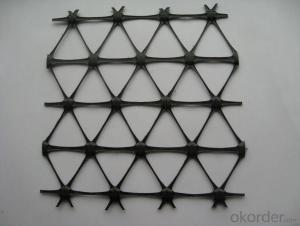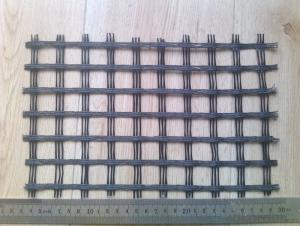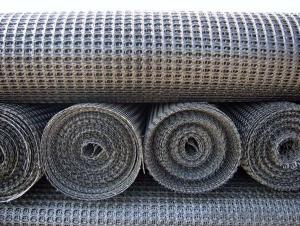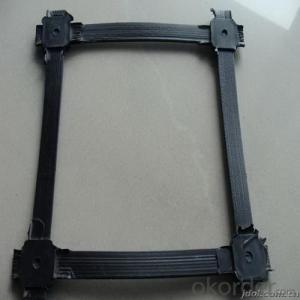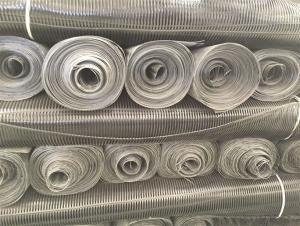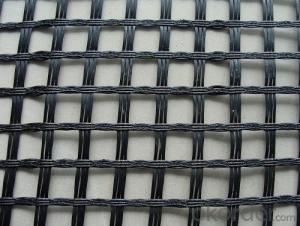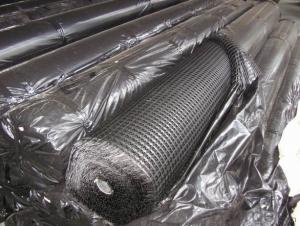Sg200 Geogrid
Sg200 Geogrid Related Searches
Fridge With Freezer On Bottom Driveway Pillars With Lights Blu Ray Player With Recorder Blu Ray Player With Internet Geogrid In Retaining Walls 1708 Biaxial Fiberglass Tape Pullout Resistance Of Geogrid Geogrid Warp Knitting Machine Srw 3 Series Geogrid Biaxial Plastic GeogridHot Searches
Fiberglass Scaffolding For Sale Fiberglass Panels For Sale Fiberglass Greenhouses For Sale Geogrid Fabric For Sale Gas Powered Core Aerator For Sale Revolution 4 Propeller For Sale Alabaster Carving Stone For Sale Geogrid For Sale Near Me Tensar Geogrid For Sale Geogrid For Sale Ex Display Log Cabins For Sale Photoelectric Cells For Sale Athletic Lockers For Sale Cubicle Partitions For Sale Stearman Propeller For Sale Palram Greenhouses For Sale Gumbo Bowls For Sale Suzuki Propellers For Sale Freight Crates For Sale Outhouse Sheds For SaleSg200 Geogrid Supplier & Manufacturer from China
Okorder.com is a professional Sg200 Geogrid supplier & manufacturer, offers integrated one-stop services including real-time quoting and online cargo tracking. We are funded by CNBM Group, a Fortune 500 enterprise and the largest Sg200 Geogrid firm in China.Hot Products
FAQ
- Geogrids help in reducing soil erosion on slopes by providing reinforcement and stability to the soil. They are placed within the soil and act as a support system, preventing the movement of soil particles downhill. This reinforcement helps to distribute the loads and stresses evenly, reducing the risk of soil erosion caused by water flow or gravity. Additionally, geogrids increase the shear strength of the soil, making it more resistant to erosion and slope failures.
- Yes, geogrids can be used in the reinforcement of mechanically stabilized earth bridge piers. Geogrids are commonly used in such applications to provide additional strength, stability, and load-bearing capacity to the soil, enhancing the performance and longevity of the bridge piers.
- Geogrids improve the performance of mechanically stabilized walls by providing reinforcement and enhancing the stability of the structure. They distribute the tensile forces across a wider area, reducing the potential for wall failure. Additionally, geogrids increase the overall strength of the wall, allowing it to withstand greater loads and pressures.
- The factors that affect the creep behavior of geogrids include the type and quality of the material used in the geogrid, the magnitude and duration of the applied load, the environmental conditions such as temperature and moisture, and the installation and construction techniques employed.
- The typical geogrid roll thickness for specific applications can vary depending on the specific project requirements and site conditions. However, geogrid rolls typically range from 2 to 10 millimeters in thickness for common applications such as soil stabilization, retaining walls, and road construction.
- What are the differences between three different types of geogrids?Unidirectional geogrid, two-way geogrid plastic, geogrid, warp knitted geogrid and fiberglass geogridWhich is the best place in Guangzhou geogrid Zhejiang geogrid in Tianjin?
- The geogrid is divided into plastic geogrid according to the material
- Geogrids improve the performance of reinforced soil walls by providing tensile strength and stability to the soil structure. They act as a reinforcement material, distributing the applied loads and preventing soil movement and potential failure. The geogrids interlock with the surrounding soil, increasing its resistance to lateral forces and improving overall stability and durability of the reinforced soil wall.
- Geogrids prevent soil erosion by providing stability and reinforcement to the soil. They are typically made of high-strength materials, such as polyester or polypropylene, and are installed within the soil to distribute and transfer loads. This helps to increase the soil's resistance to erosion caused by factors like water flow or slope instability. The geogrids act as a barrier that holds the soil particles together, preventing them from being washed away or displaced.
















